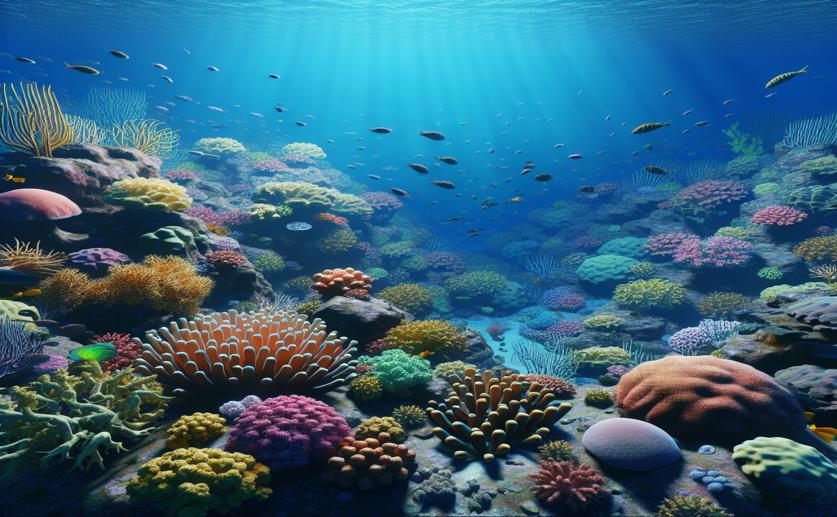
Deep-Sea Corals in Hawaii Thrive in Dim Light
Jim Crocker
2nd March, 2024

Image Source: Natural Science News, 2024
Key Findings
- In Hawai'i's deep 'Au'au Channel, corals and algae thrive with minimal sunlight
- These corals rely on both photosynthesis and consuming organic material for energy
- Deeper corals share nitrogen more efficiently with their algae, aiding survival
References
Main Study
1) Mesophotic corals in Hawai'i maintain autotrophy to survive low-light conditions.
Published 28th February, 2024
https://doi.org/10.1098/rspb.2023.1534
Related Studies
2) Incident light and morphology determine coral productivity along a shallow to mesophotic depth gradient.
3) Studying animal niches using bulk stable isotope ratios: an updated synthesis.
4) Trophic strategy and bleaching resistance in reef-building corals.
5) Photoacclimation and induction of light-enhanced calcification in the mesophotic coral Euphyllia paradivisa.



 28th February, 2024 | Greg Howard
28th February, 2024 | Greg Howard